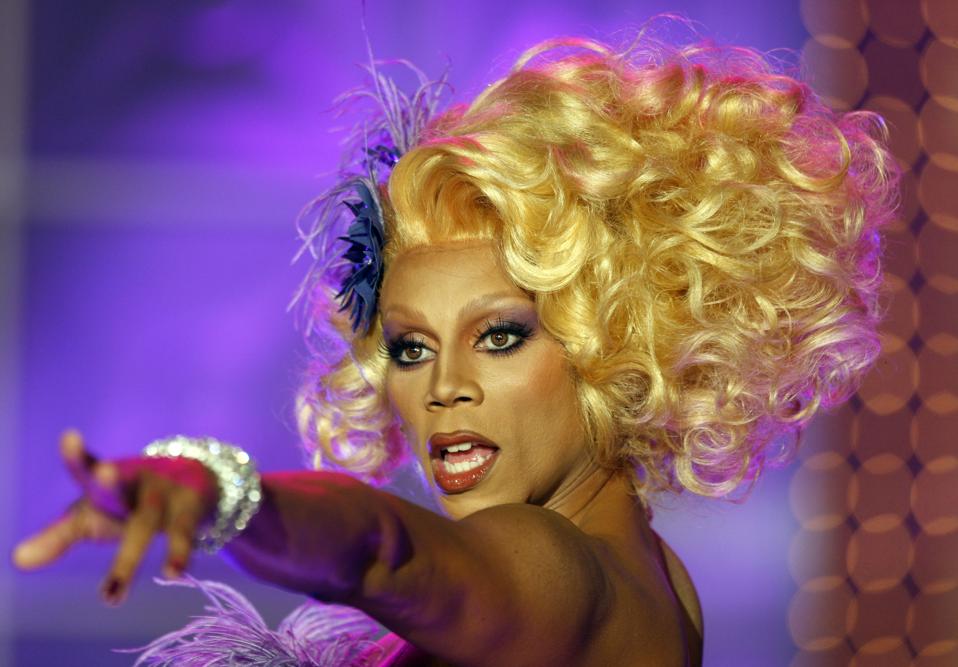There’s a running joke on social media when pride month rolls around. When the clocks strikes 12 on June 1st, companies across the planet will change their logos to reflect the pride flag. Whether it’s a joke or not, most consumers understand that queer representation is important and while Pride month may only be 30 days long, and while many people appreciate the highlighted shows and films that show up under the “inspiring stories” tabs on our favorite streaming platforms, ‘RuPaul’s Drag Race’ doesn’t need to change it’s logo or release special merchandise when June rolls around. More than just a reality tv show or a franchise, RuPaul’s Drag Race consistently remains an unapologetically and authentically queer show that has become a global phenomenon.
Since its debut in 2009 on Logo TV, Drag Race has been unapologetic in its showcase of the LGBT+ community and drag culture as a whole where other shows might struggle with consistency. With the show starting as a small with a low budget and a filter that OG fans are still trying to wrap their heads around, Drag Race shared with viewers a multitude of queens that had powerful stories that tugged at the hearts of viewers, we’ve been introduced to moments of authenticity that didn’t shy away from being heartwarming and even heartbreaking at times. With multiple contestants over the years coming forward with their positive HIV status to help decrease the stigma on people living with a positive diagnosis and encouraging people to know their status, Drag Race has helped save the lives of viewers who were previously too afraid to get tested or too afraid to talk about their status; Drag Race has been a megaphone where silence was expected.
Several contestants, both during, after, and even when returning to the show, have talked about how drag has helped them explore their own gender identity, with multiple queens coming out as trans and gender non-conforming in the show’s 17-season tenure. Even contestants that have returned to the show multiple to times to compete have come out and talked about how they’ve been able to transition due to drag allowing them to explore their identity without judgment.
Even with the everchanging public opinion on queer artistry and the LGBT+ community in general, Drag Race has never compromised or toned down it’s queer authenticity and that, arguably, is the reason why it is the most decorated reality tv show with the most Emmys, including awards for outstanding host for RuPaul himself.
What started off as a fun project that RuPaul felt would never be mainstream has become a global phenomenon that encompasses all of the ideals of Pride Month year round. Drag Race, like many of its contestants, has managed to turn a stage built on authenticity into a currency that’s profitable, a formula that has managed to create multiple spin-offs, both domestically and internationally.
“Throughout our culture, there are little windows and pockets of time when people are open,” RuPaul said in a recently resurfaced clip of ‘In Bed With Joan’ when talking about the success of Drag Race. “… And I think the success of our show is a part of that openness.”

